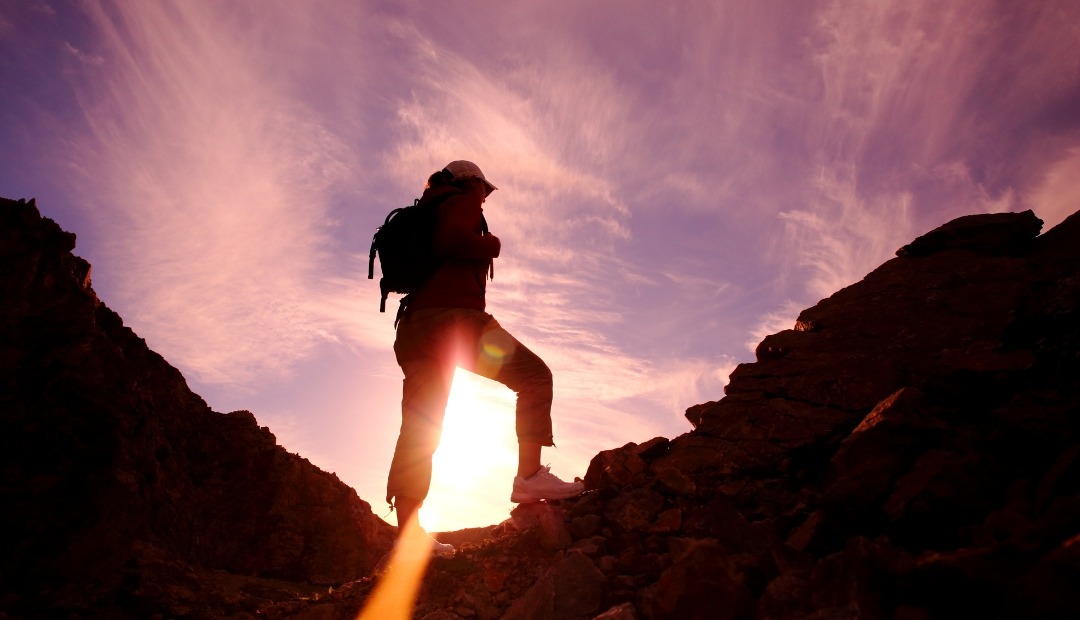The gentle humming of a babbling brook, the welcome shade of forest canopies, the graceful movements of wildlife –these are just small glimpses of the wonders of hiking.
Hiking isn’t only a good low-impact workout. It also allows you to take a break and connect with nature and yourself.
As you hit the trails, you get a chance to break a sweat and appreciate the things we often take for granted. You can recharge, reset, and reflect, and enjoy a sense of freedom and adventure at the same time.
If you haven’t tried hiking yet, we highly suggest you do. In this post, we’ll help you get started on this relaxing outdoor activity.
Bring a Hiking Buddy
Hiking alone is like a form of meditation. You get to enjoy the company of yourself, as well as the tranquility that can only be found in nature. You tune into the sound of your steps and the rustling leaves, achieving mental clarity in the process.
But for beginner hikers, it’s crucial to have a friend with you during your first nature trip. That way, you can have someone help you if you get lost or hurt.
If you can’t find anyone to go with you, you can join hiking groups, or if you’re hiking alone, tell someone where you’re going and how long your hike will take.
Pack the Right Gear
As you face the harsh outdoor elements, it’s important to be armed and ready with the right hiking gear.
You don’t need to bring a heavy bag, especially if you’re going on a short day-hike. All you need are the following:
- Weather-appropriate, moisture-wicking clothes
- Extra clothing for insulation
- Trail runners and comfortable synthetic or wool socks
- Sunglasses for sun protection
- Food
- Water
- Firestarter
- First aid kit
- Navigation tools
- Multitool
- Flashlight
- Phone for communication
- Emergency shelter
Check the Weather Forecast
Nothing ruins a hike better than inclement weather. So, while planning your hike and before starting it, you need to check the weather forecast.
Knowing the weather conditions on the day of your hike will come in handy when choosing what to bring and wear. You should also plan your hike on warm, sunny days and put off your plans during rainy, snowy, or windy conditions.
Pick an Easy Hiking Trail
If you want to get in the groove of hiking regularly, you have to select a short, easy trail–or any trail that suits your fitness level. Doing so will help you easily maneuver over outdoor obstacles.
A 5-mile trail or shorter should be enough for beginner hikers. After several hikes, you can identify the pace, distance, and elevation that work best for you. You can then work your way toward longer and harder trails.
Warm Up and Cool Down
Whether you have an active lifestyle or not, you should make sure that you do warmup and cooldown exercises before and after you hit the trails.
Stretching before a hike can warm up your muscles, enhance your flexibility, and prepare you for the rough outdoors. Stretching afterward can loosen up your muscles and reduce the risk of soreness.
Remember the Leave No Trace Principles
Respecting nature and other hikers can go a long way in making a hike safer and more enjoyable. And one great way to do that is by following the Leave No Trace Principles.
To sum it up, you have to do the following:
- Stick to the trail.
- Bring your trash with you and avoid littering.
- Leave anything you find and don’t take it home.
- Don’t feed or interact with wildlife.
- Be considerate of other hikers and keep noise to a minimum.
So now that you know all of the basics, it is time to hit the trail and enjoy all of the beauty nature has to unveil before you.
Windward Place Apartments in Alpharetta, GA


